Música para armonizar diferencias
Música para armonizar diferencias
Main Article Content
Abstract
This article offers an account of the process developed during the implementation of the project “Music to harmonize differences”, focused on students with mild and moderate disabilities between 15 and 18 years of Centro Crecer, located in Usaquén, Bogotá D. C. Its general objective was to foster a virtual learning environment and create the Solveman Method for teaching music. The implementation process was determined by a qualitative research approach of virtual-ethnographic type, and the methodological design responded to five phases. In summary, the design of the virtual classroom was characterized by the application of learning techniques based on the use of colors, which allowed the population with disabilities to identify the notes and other elements that make up the musical discourse.








